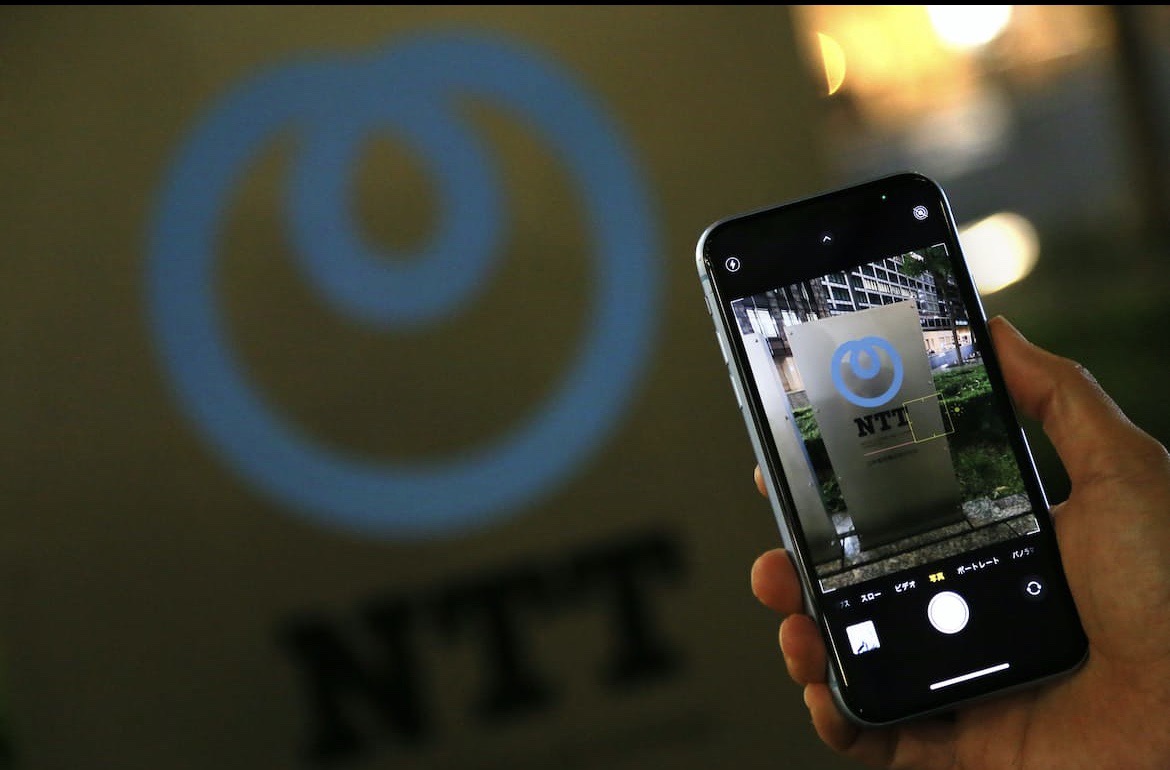Counterattack targeted by NTT All semiconductors to light, will it cross the "Valley of Death"?

Using IOWN, the next-generation telecommunications infrastructure developed by NTT, the power consumption of smartphones and other devices is said to be dramatically reduced. (Photo by Nozomu Ogawa)
"You don't have to charge your smartphone for a year." Takehiko Kawazoe, vice president in charge of research and development at NTT, said so. Using the "optical semiconductor" currently under development will dramatically reduce power consumption, and the "dream smartphone" can be realized in the 2030s.
In April 2019, NTT's paper published in the online version of the British scientific journal "Nature Photonics" surprised the world. This is because the practical application of photoelectric convergence technology, which uses light instead of electricity for signal processing in semiconductor chips, has become a reality.
"Make a game changer". Chairman Jun Sawada, who was the president at the time, put his strength into it. He announced the concept of "IOWN," a communication platform that realizes optical signal processing from devices such as smartphones to long-distance communication networks. It was used as a trump card for NTT's revival, whose presence in the world is declining.
NTT believes that the existing Internet will eventually reach its limits in terms of data transmission and processing. It is estimated that domestic communication volume will increase 190-fold over the next 20 years from 2006, and that the power consumption of data centers around the world will expand to about 15-fold in 2030.
Optical technology will solve this problem. Optical fiber is still used for communication lines, but if the signal processing of servers and smartphones becomes light, the transmission efficiency will increase dramatically. The power consumption is reduced to 1/100, and the transmission capacity is said to be 125 times.
Moving forward to commercialization after 2025. In September, succeeded in increasing the transmission performance of optical fiber to 2 tera (tera = trillion) bits per second, ten times the current level, the highest in the world. He showed the strength of his research ability. In the area of optical semiconductors, in 2021 the company will acquire Fujitsu's semiconductor design subsidiary and accelerate the strengthening of its structure.
Development of next-generation telecommunications infrastructure "IOWN" that NTT is working on with the collective strength of the group
Vice President Kawazoe is enthusiastic about incorporating IOWN into the semiconductor manufacturing value chain. In January 2020, the international organization "IOWN Global Forum" was established. From the outset, the US Intel has joined in the development of semiconductors, and the Sony Group has joined in the use of services. By the end of July, the number of participating companies and organizations had reached 100.
An NTT executive said, "For the spread of opto-semiconductors, we need a partner who manufactures and sells them in large quantities." For example, design major British arm and contract manufacturing major Taiwan Semiconductor Manufacturing Co. (TSMC) are not participating. Making friends is still in progress.
In the first place, NTT is not good at spreading its own technology to the world. In 1999, NTT Docomo was one of the first to commercialize an Internet connection service for mobile phones under the name of "i-mode." After succeeding in Japan, he invested in overseas telecommunications companies such as AT&T Wireless, aiming for the world. However, due to the low investment ratio and the insistence on Japanese specifications, it did not spread.
"Death Valley" where technological development does not lead to commercialization. That is the risk of IOWN.
Soliciting partner companies before commercialization is a lesson learned from i-mode. Without sticking to "Japanese originality", we will incorporate the opinions of overseas companies from the beginning with the United States as our base. Vice President Kawazoe recalls, "i-mode didn't have that idea."
In cutting-edge research, NTT's presence appears to be fading. According to British research firm Clarivate, the number of published papers fell from 854 in 2002 to 581 in 2021. During that time, US Google surpassed 1,000, surpassing NTT.
Focusing on research related to web services such as distributed processing and knowledge engineering, Google responds swiftly to changes in the times, such as image processing and artificial intelligence (AI). NTT's focus is on communication-related fields such as optics and semiconductors, and there is little change in research themes.
IOWN is the culmination of NTT's research and development, and the technology closest to the world. NTT's restoration depends on whether it can overcome Death Valley.






